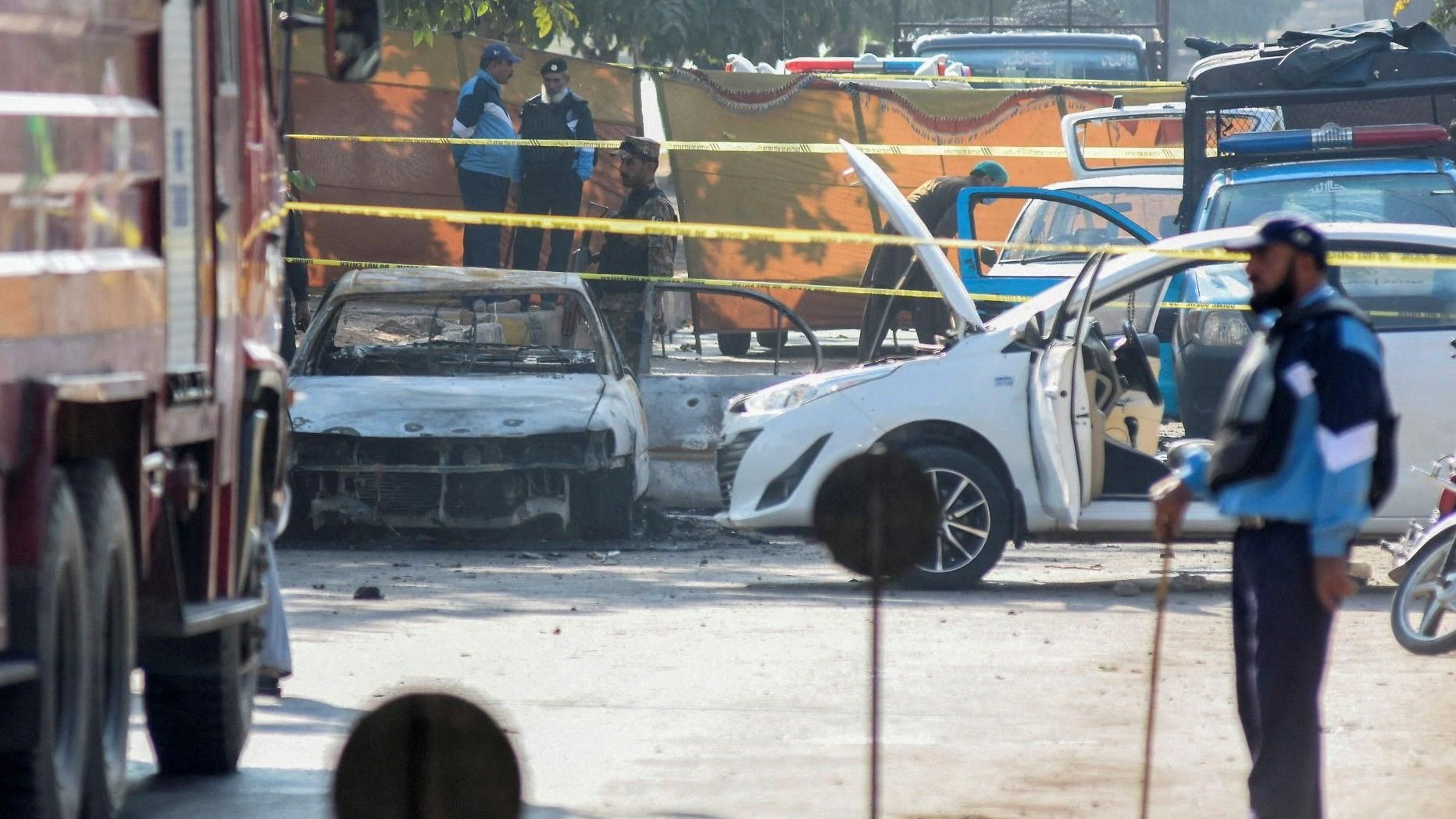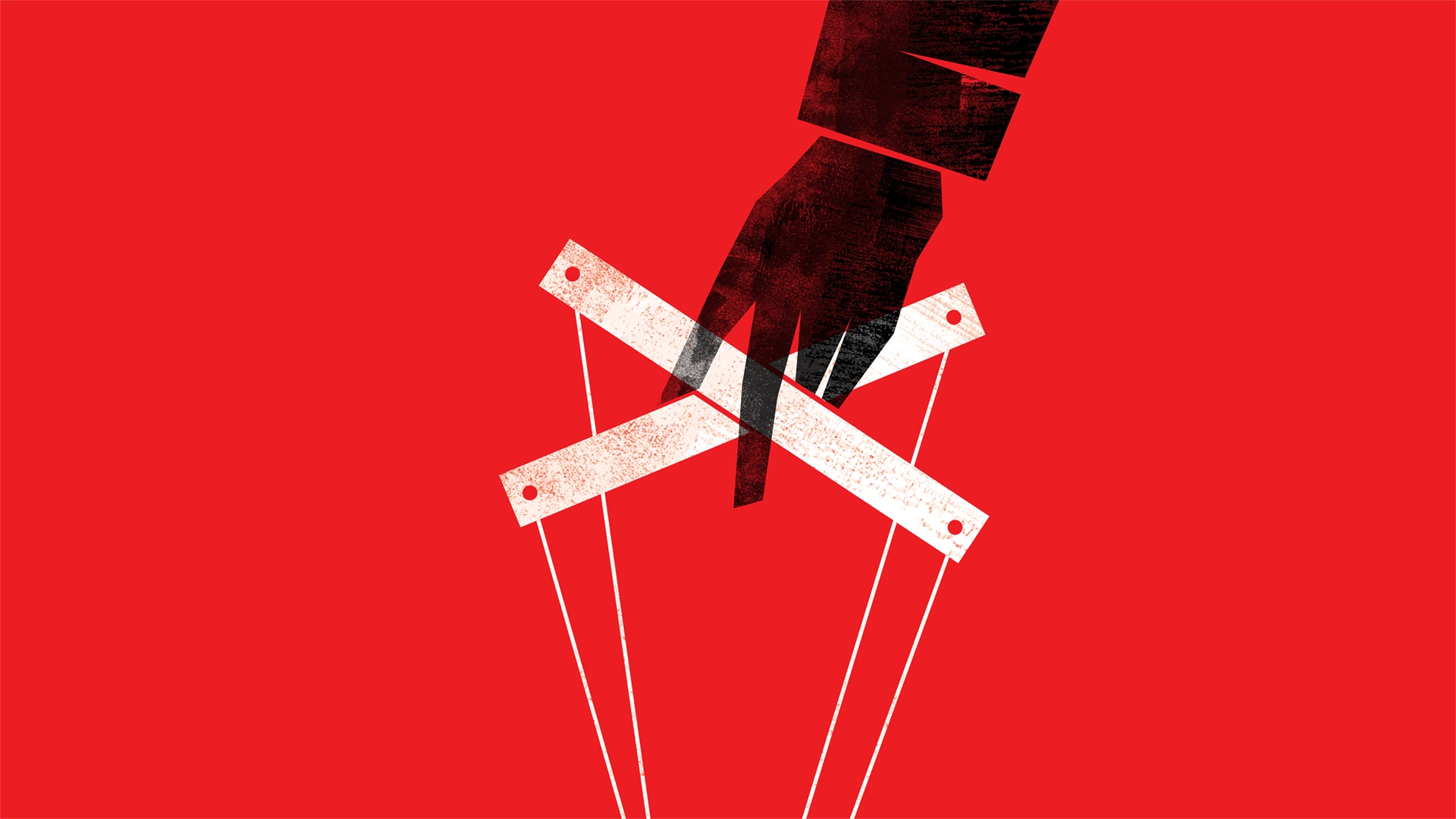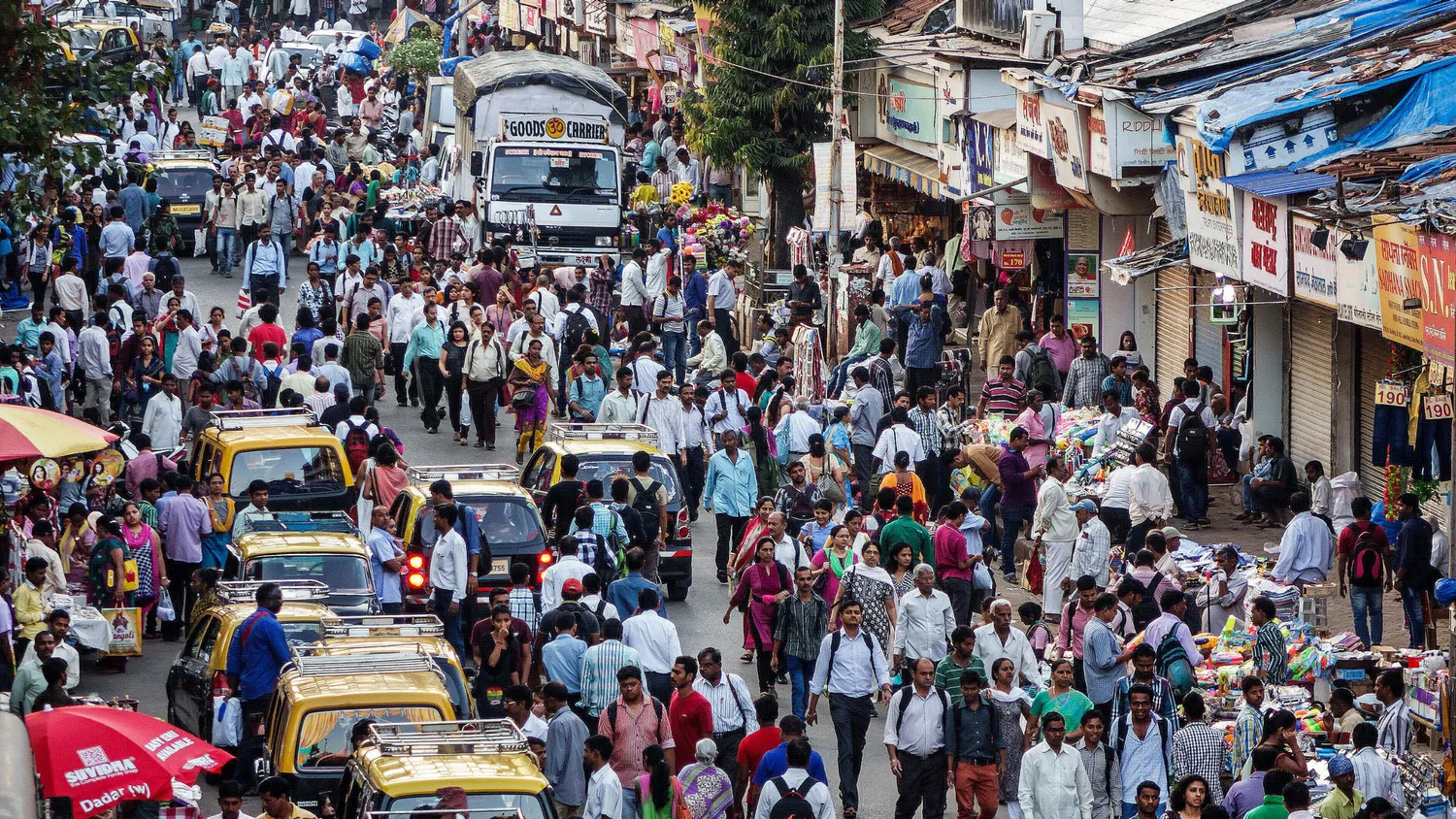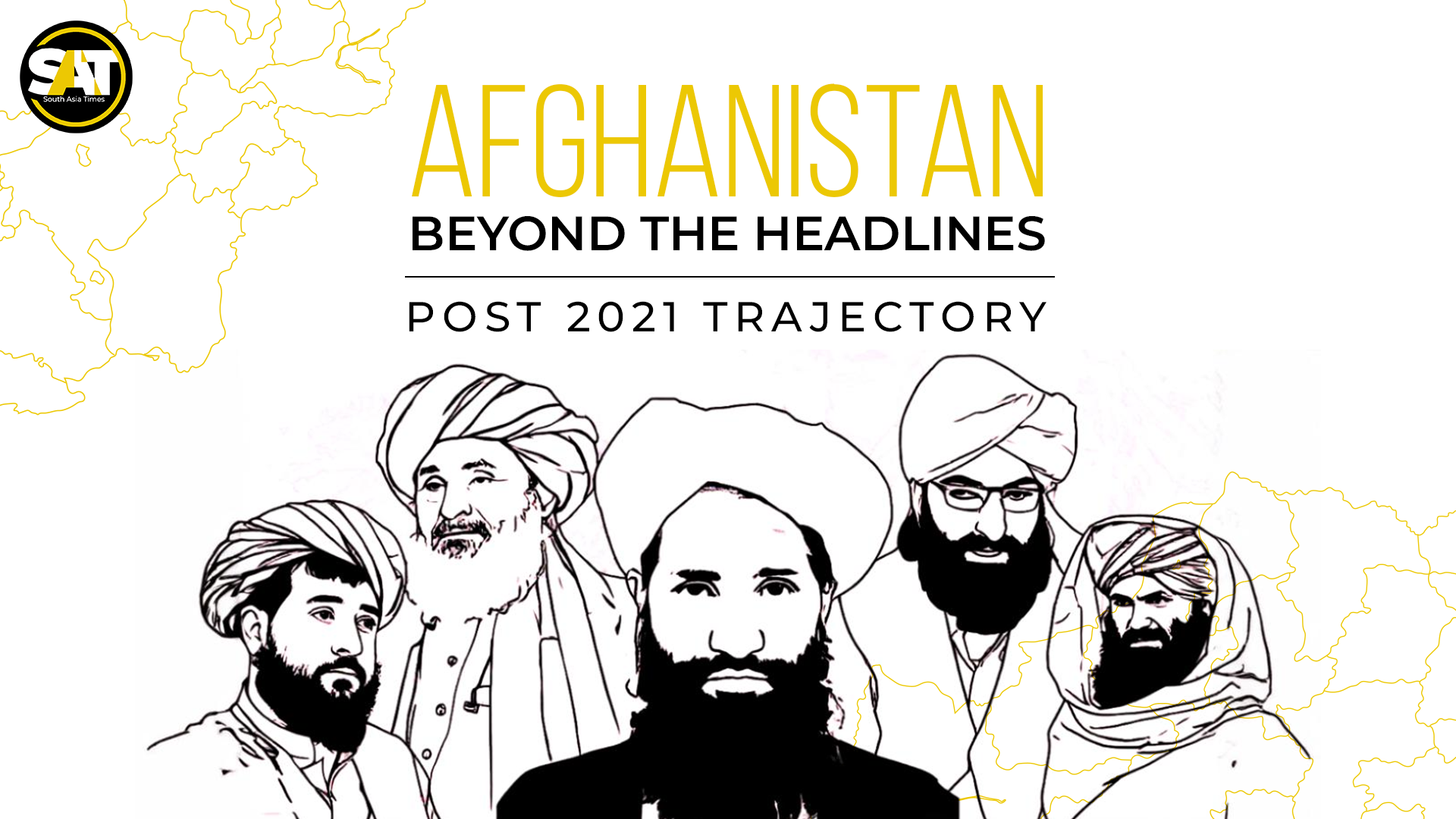India’s camel population is rapidly declining, particularly in Rajasthan, despite a law meant to protect them. The decline has become more severe in the last decade, with breeders attributing the law to the drastic drop in numbers. Rajasthan, traditionally home to camels, saw their population plunge from nearly 420,000 in 2007 to just over 200,000 by 2019, marking a sharp decline. The situation is so dire that some villages, once home to thousands of camels, now have just a handful remaining. One of these villages, Anji Ki Dhani, had more than 7,000 camels in the 1990s; now, only 200 remain.
India’s Brutal Reality: A Nation Where Animals Face Neglect, Abuse, and Even Rape
The 2015 Rajasthan Camel (Prohibition of Slaughter and Regulation of Temporary Migration or Export) Act, passed by the Bharatiya Janata Party (BJP), was intended to safeguard camels by outlawing their slaughter, transport, and illegal possession. However, this law has instead backfired. Breeders and camel conservationists argue that it has led to the decline of India’s camel population, with markets for camels banned and buyers—especially Muslim buyers—targeted by vigilante groups. “Suddenly, there were no buyers,” says Hanuwant Singh Sadri, a camel conservationist. The law’s implementation has led to a significant reduction in camel sales, driving prices down from 40,000 rupees to just 500 rupees. For breeders, keeping camels without a viable market has become economically unsustainable.
“Even decorating them could amount to causing them harm, as the definition of causing them harm is loosely worded,” said Bhanwarlal Chaudhary, a breeder, highlighting the broad and vague parameters of the law. This law, coupled with a growing atmosphere of anti-Muslim hostility, has led to the breakdown of traditional breeding and trade practices. Many Muslim camel buyers, once part of the camel trade ecosystem, now avoid the market for fear of legal repercussions and violent vigilante action. “Looking at the scenario in the country, the buyers are scared and would take no risk in camel transport,” Chaudhary adds.
The introduction of the law was accompanied by a rise in vigilante violence. Anti-slaughter groups operating under the pretext of cow protection began targeting traders, particularly those dealing with camels, believing them to be involved in illegal transport or slaughter. The situation escalated with incidents where traders were threatened or physically harmed by vigilante groups. These actions led to a significant deterioration of the camel trade, causing irreversible damage to camel populations and breeding practices.
The 2015 Law’s Aftermath: No Buyers, No Markets
The law passed under the BJP’s governance assumed that banning camel slaughter would protect their population, but it failed to consider the socio-economic impact on breeders. Breeders, who once made a living selling camels at markets like Pushkar, Nagore, or Tilwara, found themselves without buyers. Ecologist Sumit Dookia questions the law’s effectiveness: “Why is it that the camel population is still shrinking, if a law meant to revive their numbers is in force?” The law created an economic vacuum that decimated the livelihoods of camel breeders, with no alternatives provided.
The Rajasthan Camel Act has inadvertently alienated camel breeders, denying them the ability to sell their animals or sustain their livelihoods. This has led to an irreversible economic loss for camel breeders, many of whom have been left with unsustainable costs and no access to markets. The short-sighted law of Bharatiya Janata Party (BJP), according to camel experts, continues to exacerbate the decline of the camel population in India’s Rajasthan.
Also See: Silencing Dissent: India’s Misuse of Anti-Terror Laws
Jeetu Singh’s Struggle: A Camel Breeder’s Perspective
Jeetu Singh, a 65-year-old camel breeder from Rajasthan’s Jaisalmer district, represents the hard realities faced by breeders under the current law. Singh, who has been in the camel breeding business for decades, speaks about the struggles that have intensified due to the law. “I have been breeding camels since I was a young boy, but now, I don’t see a future for them,” says Singh. Like many others, Singh has witnessed his camels’ market value plummet, with no buyers willing to take the risk. The law that was supposed to protect these animals has instead led to their gradual extinction, as breeders like Singh are forced to keep camels they cannot sell.
Shrinking Grazing Lands and Declining Livelihoods
Beyond the legislative challenges, the decline of camels and other livestock in India is exacerbated by shrinking grazing lands. Urbanization and industrialization have drastically reduced open spaces where camels can graze. Unlike cows and pigs, camels cannot be stall-fed and depend on open pastures for survival.
Without access to grazing land, camels are at risk of starvation, neglect, and abandonment. Breeders like Jeetu Singh are faced with the increasing costs of caring for camels with no support or compensation from the government.
An Unchanged System of Animal Welfare: Inaction Against Abuse
While the Rajasthan Camel Act is a source of concern, India’s broader approach to animal welfare remains antiquated and ineffective. The Prevention of Cruelty to Animals Act of 1960, which governs animal protection laws in India, has not kept up with the times. The penalties under this outdated law are insufficient to deter the rampant abuse and neglect faced by animals in the country. Animal welfare organizations have criticized the government’s failure to update this law, noting that its weak provisions fail to protect animals from cruelty.
Furthermore, India’s budget allocation for animal welfare remains alarmingly low, with less than 1% of the GDP allocated to the cause. This translates into poorly managed shelters, underfunded veterinary services, and insufficient enforcement of laws against animal cruelty. Even zoos and wildlife sanctuaries are criticized for overcrowding, lack of hygiene, and inadequate food and water for the animals in their care.
India’s animal welfare sector is also plagued by corruption and mismanagement, which has further hindered efforts to protect animals. Animal welfare organizations have highlighted how funds allocated for the care and rehabilitation of animals often end up being misused, leaving the animals to suffer.
A Deepening Crisis: Animal Smuggling and Black Markets
Ineffective laws have also fueled a thriving black market for animals. Smuggling of camels, cattle, and exotic species across state and national borders has escalated, with these animals often subjected to inhumane conditions during illegal transportation. The lack of proper infrastructure for managing animal populations has led to significant suffering for these animals, with many dying due to injuries or lack of care during smuggling.
Breeders and environmentalists stress that unless laws are modernized and enforcement becomes stricter, the camel population in India’s Rajasthan could be wiped out within a decade. The decline is not just a loss of a species, but a blow to the cultural heritage of Rajasthan. “Without them, our language, our being has no meaning at all,” says Bhanwarlal Chaudhary.
Incidents of Animal Abuse: Rape, Neglect, and Dehumanization
India’s failure to address animal cruelty has also been highlighted by horrifying incidents such as the gang rape of a Komodo dragon by Indian men at a zoo—a brutal and globally condemned act that tarnished India’s image. These incidents point to a deeper issue: a society that is apathetic to the suffering of animals and a legal system that fails to protect them. The increasing frequency of such acts is a reflection of a larger moral crisis, where animals are seen as disposable commodities, often targeted in acts of cruelty for entertainment or profit.
In addition, animal protection laws have often been manipulated to target minorities, particularly Muslims and Dalits, who are often accused of slaughtering or transporting animals, even when no evidence of wrongdoing exists. Vigilante groups operating under the guise of cow protection (Gau Raksha) have lynched individuals on mere suspicion, creating a climate of fear and neglect for animal welfare.
The Way Forward: Modernizing Laws and Raising Awareness
As India’s camel population continues to dwindle and incidents of animal abuse escalate, it is clear that the country must modernize its animal welfare laws. Animal protection laws must be reformed to account for the realities of animal husbandry and to provide realistic protections for both animals and breeders. Stakeholders such as breeders, conservationists, and animal welfare organizations must be consulted to create laws that balance animal protection with the livelihoods of those who depend on these animals.
India must also invest in creating widespread awareness campaigns to educate its citizens on the ethical treatment of animals. Such efforts are essential if India is to improve its global image and protect its unique biodiversity from further degradation. Stricter penalties for animal cruelty, better enforcement, and genuine consultation with stakeholders are necessary steps to ensure the ethical treatment of animals in the country.
In the end, unless drastic changes are made, Rajasthan’s camels, and many other animals, may soon be consigned to history, their once-vibrant presence in India fading away, leaving only memories of a lost heritage.
This news is sourced from Al Jazeera and is intended for informational purposes only.

![India's camel population plummets due to flawed laws and neglect—explore the crisis and urgent need for reforms. [Image via Al Jazeera]](https://southasiatimes.org/wp-content/uploads/2025/01/DSCN0634-01-1736840398.webp)




